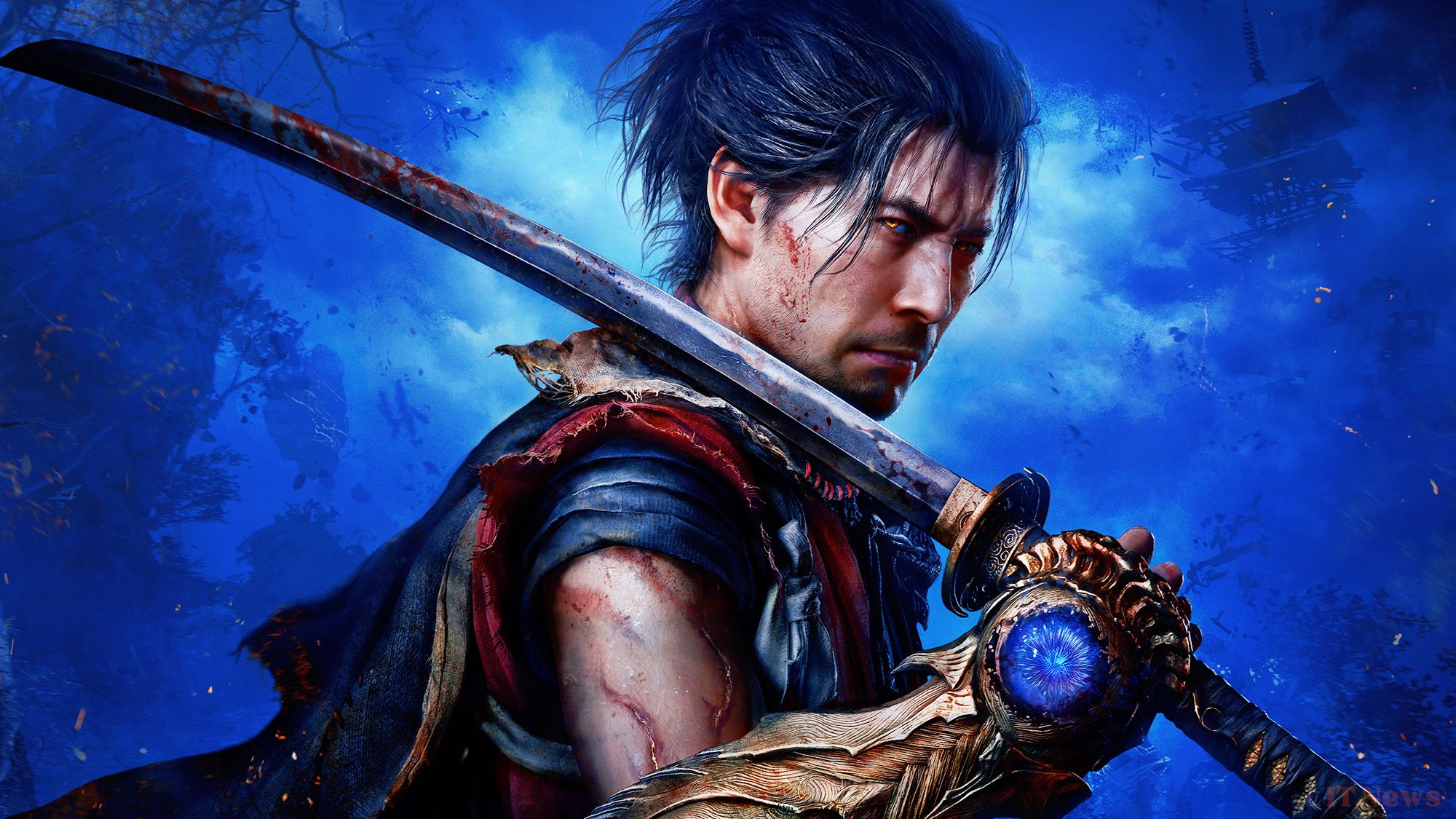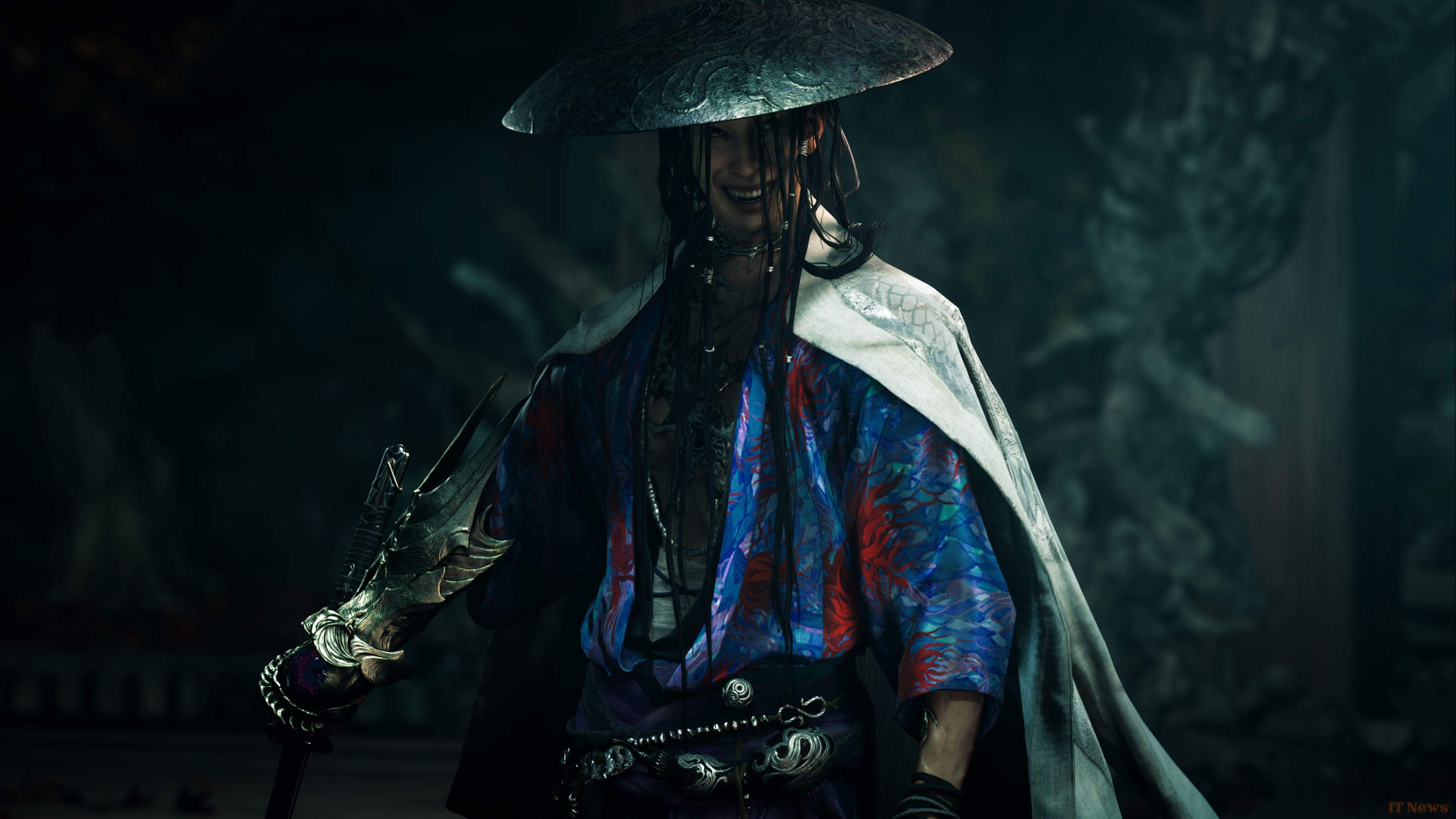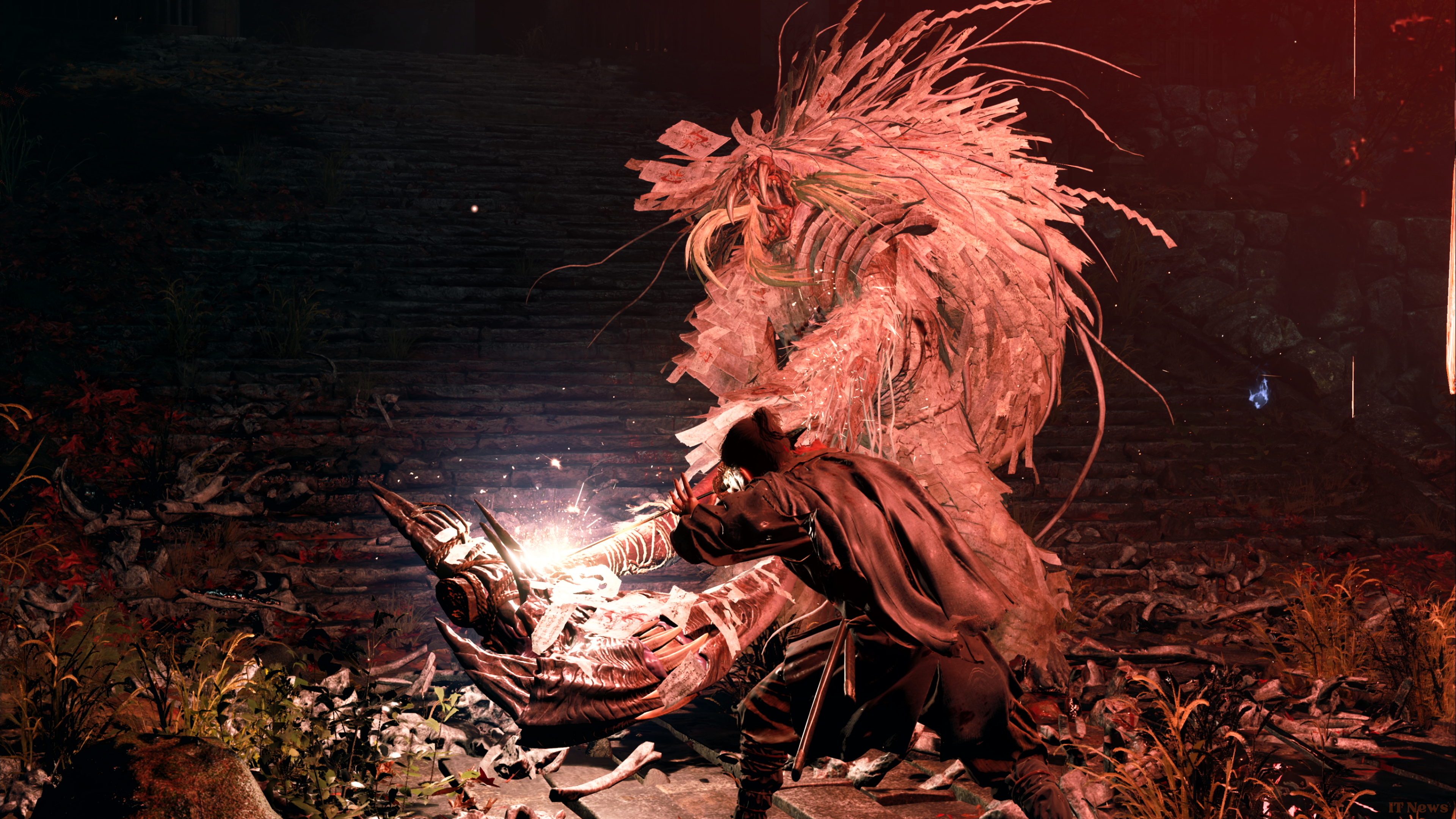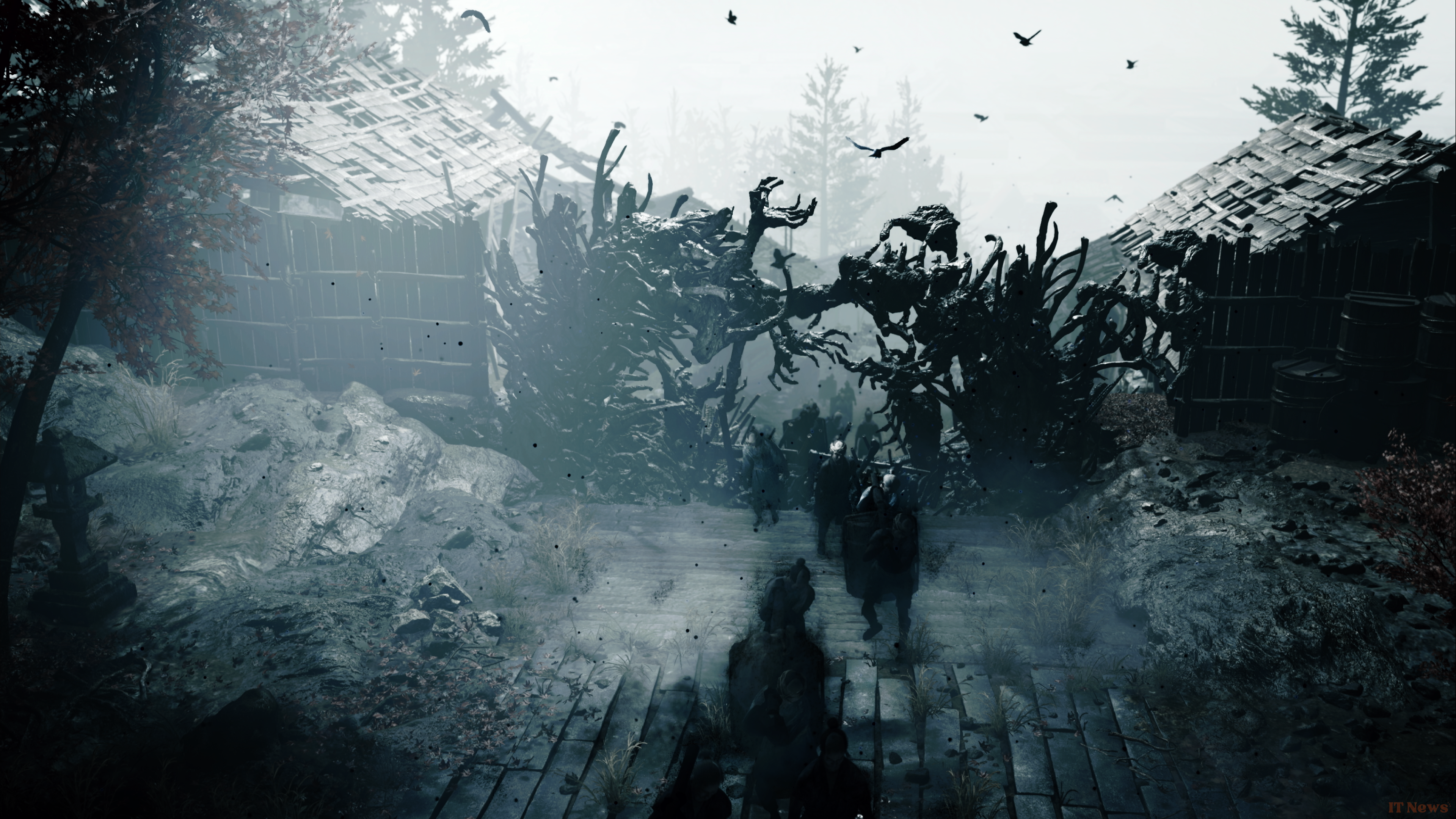In recent days, we've heard a lot about Capcom, and for good reason. Indeed, the Japanese giant took advantage of the Summer Game Fest to dazzle us with not only gameplay on Pragmata, the intriguing and original new IP, but also and above all Resident Evil 9 Requiem, our slap of this 2025 edition. A major force at the Californian show, Capcom didn't stop there, bringing in another of its historic and cult licenses, which has been forgotten for too long: Onimusha Way of the Sword. Unplayable, the title was nevertheless allowed to be approached through the projection of a very first gameplay sequence reserved for the international press.
Common origins for a unique game
We mentioned Resident Evil in our introduction, a title closely linked to the story of the creation of Onimusha. We no longer present the success of the work imagined by Shinji Mikami, which has become nothing less than one of the biggest franchises in video games, still active and currently in the spotlight with the very promising Requiem. Back to 1996 on PS1. The first Resident Evil game was a hit with its combination of sumptuous (for the time, of course) pre-rendered 2D settings with three-dimensional characters. Then came an idea: why not create an action game using the RE codes but transposing them into a Japanese fantasy universe? The project was launched, but against all expectations, it would not be released on PS1, but a few years later on PS2. Onimusha Warlords was born, and with it a cult franchise in the making. And yet, after four games, it was discontinued. Often an inspiring model for many other productions, it would remain only in the memories of a whole generation of players, for almost two decades. To everyone's surprise, it was in February 2025 during a State of Play that the news broke: Onimusha would indeed return from the dead with a new installment.
Each episode has its hero. After Samanosuke, Jubei, and even Jacques Blanc, played by our own Jean Reno, it's now Musashi Miyamoto's turn to cut some Genma. Onimusha Way of the Sword intends to modernize its formula, obviously a necessary thing after so many years, but without ever betraying its origins. We relegate the fixed shots for a universe with modern mechanics, taking place in a dark fantasy version of an Edo-era Kyoto, plagued by a mysterious evil. We also adopt a third-person camera view, and we dive in for a trip around the Kiyomizu-dera temple. From the outset, we can already tell you that the immersion of this new Onimusha promises to be magnificent, with elaborate and detailed environments, faithful to the representation that one could have of this period.
You only have to see the care taken in the reproduction of the temple and its surrounding forest, all embellished with a good number of fantastic elements, to understand that the adventure will be unique. And yet, it is clear that on a purely graphical level, Onimusha Way of the Sword seems below the capabilities of the RE Engine. The colorimetry seems dull, perhaps due to an artistic choice that one could understand. But more generally, the textures of the environments are sometimes not very detailed, giving the whole thing a feeling of delay. The game is not ugly for all that, far from it, as its artistic direction prevails over its technique. But seeing the capabilities of the same graphics engine a few minutes later during the presentation of RE Requiem does not play in its favor.
A majestic and deadly choreography
Fortunately, Musashi has more than one string to his bow to impress us and clearly make us want to get our hands on the game, starting with his fights and crazy animations. Capcom has done a remarkable job of making the battles dynamic and enjoyable to watch, even without having directly played them. The hero mercilessly slices through demonic bodies, providing a feeling of power and raw impact across the screen. The blows are felt, the counters resonate with showers of sparks. It will also be possible to perform 360-degree parries, even behind our backs, or send projectiles back at their sender. The movements are fluid and flow smoothly into a wonderfully deadly choreography during which even the surrounding elements can be used to their advantage. All this is completed by now indispensable gameplay mechanics: perfect dodges and counters which, with ideal timing, lead to immediate and stylized executions with the most beautiful effect, on one or several demons at a time depending on the situation. Yes, Onimusha clearly puts on a show and will not be too delicate with dismemberments and other decapitations.
Way of the Sword integrates everything that constitutes the very DNA of the saga, with the famous colored orbs to collect on defeated enemies to restore vitality, increase XP or use the magical abilities of our Oni gauntlet, with which Musashi interacts in sometimes comical and offbeat ways. Still in a fantasy universe, a “dark mask” will allow players to relive past events, providing context and depth to certain locations that reveal a sometimes dark and painful story.
This presentation of Onimusha Way of the Sword ended with two epic boss fights. The first against a Sasaki Ganryu, an expert swordsman (which will remind us of the intense duel against Genichiro Ashina from Sekiro), and the second against a demon with a much more imposing and bestial stature, preferring to use an equally massive axe. Here again, the staging is heavy. These duels will be an opportunity to present another particularity of the game's gameplay: targeted attacks. Indeed, after stunning your opponent, it will be possible to select a part of the body on which to deliver a sharp volley of your saber, always in a very stylized and visually effective way. You will thus be able to play on the weak points that you have provoked.
We await Onimusha Way of the Sword… with envy
To be completely honest with you, I wasn't expecting anything special from the comeback of this iconic saga that I had nevertheless greatly appreciated in my youth. The surprise was all the better with an intelligently modernized proposition, adapted to the current codes of the genre. Onimusha nevertheless retains its very particular style, skillfully mixing action and dark fantasy in a unique interpretation of an Edo-era Kyoto eaten away by a demonic evil. A huge amount of work has been done on the animations and the visceral and powerful combat, making us want to try it out for ourselves. Although its technical side is currently slightly behind, Onimusha Way of the Sword seems to promise us a successful return of the franchise, which we can't wait to try.






0 Comments